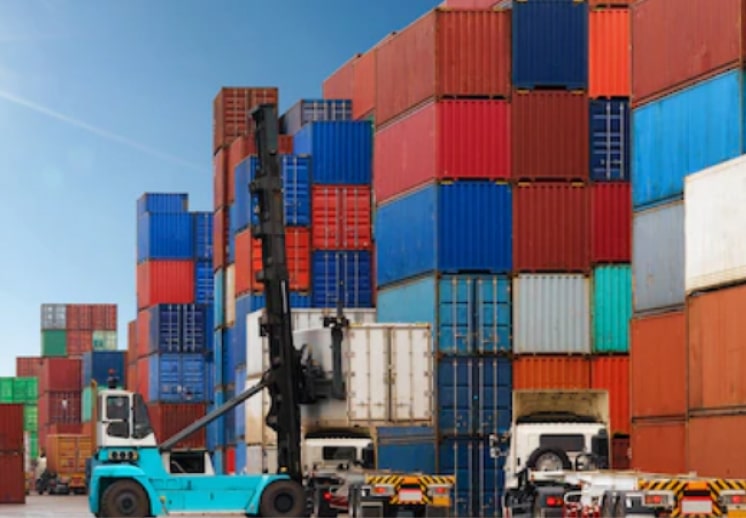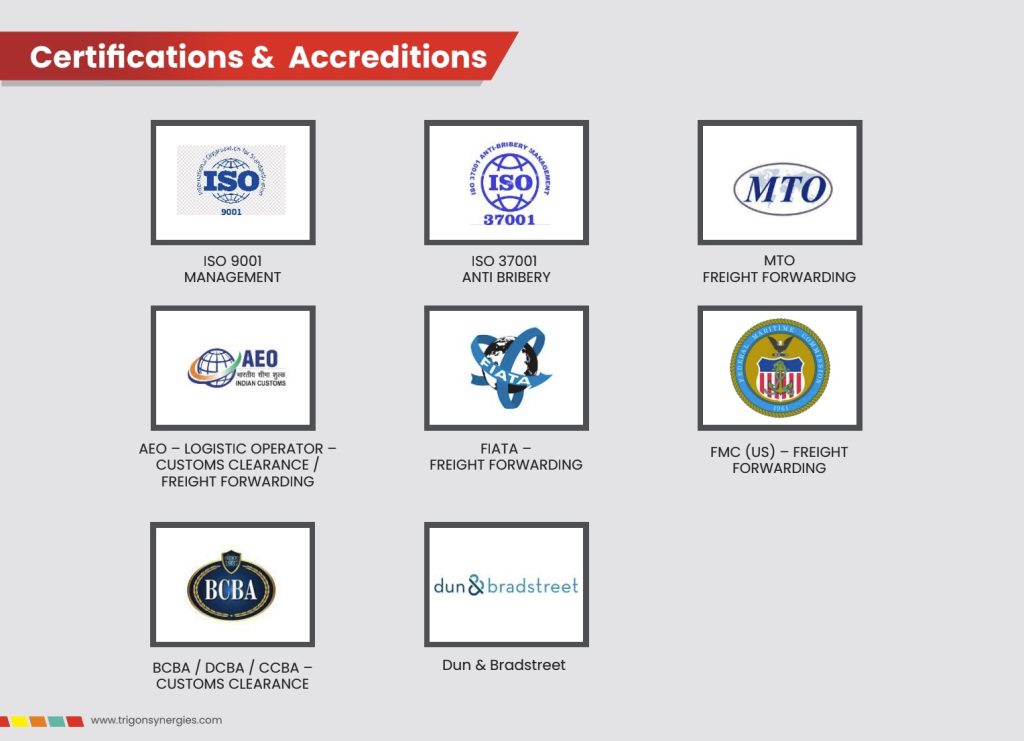Landlocked countries are those that do not have access to the ocean or any other navigable waterways. So imagine being an exporter in a landlocked country. You have to deal with all sorts of hurdles just to get your products to market. Long journeys, high transportation costs, and border crossings that can take longer than a season of Game of Thrones. It’s like they’re being punished for not being born with a coastline.
What are some challenges faced by traders in landlocked countries?
Exporters need to find alternative routes, such as using neighboring countries’ ports, to ensure their products can reach their destination. This often leads to additional transportation costs and longer delivery times, making it more challenging for these countries to compete in the global market.
Another problem faced by landlocked countries is the lack of infrastructure. Due to their geographical location, these countries are often isolated and lack the necessary infrastructure to facilitate international trade. Poor road networks, limited rail systems, and inadequate airport facilities can hinder the movement of goods and increase transportation costs. This can make it more challenging for exporters to do business with these countries, as they may need to invest in their infrastructure to ensure efficient delivery of their goods.
How do you effectively send your shipment to landlocked counties?
To successfully ship cargo to landlocked countries, it is important to work with an experienced logistics provider who has a deep understanding of the local regulations, infrastructure, and transportation networks. They can help you navigate the complexities of customs clearance, freight forwarding, and inland transportation, ensuring that your cargo arrives at its destination safely, efficiently, and cost-effectively. In this blog, we will take a closer look at 5 landlocked countries in the world and how to get your cargo to them.
5 landlocked counties with great trading potential
Mongolia is a prime example of a landlocked country facing challenges in international trade. With Russia and China as its neighbors, Mongolia relies heavily on these countries for its trade. However, political tensions between Russia and Mongolia have led to difficulties in trade, including an increase in transit costs and lengthy border crossing procedures.
To get your cargo to Mongolia, there are two primary transit routes:
Route 1: Sea to China, then truck/rail to Mongolia via the Erenhot-Gashuun Sukhait border crossing
Route 2: Sea to Russia, then truck/rail to Mongolia via the Zamiin-Uud-Sukhbaatar border crossing
The Erenhot-Gashuun Sukhait border crossing is the most commonly used entry point for cargo entering Mongolia. It connects China’s Inner Mongolia Autonomous Region to Mongolia’s Dornogovi Province. The Zamiin-Uud-Sukhbaatar border crossing connects Russia’s Trans-Baikal region to Mongolia’s Dornogovi Province.
Ethiopia is another landlocked country facing significant challenges. The country is heavily reliant on the port of Djibouti, which is more than 1,000 kilometers away. The poor road network between the two countries and inadequate railway infrastructure have led to delays and increased transportation costs.
To get your cargo to Ethiopia, here are the commonly used routes
Route 1: Sea to Djibouti, then truck/rail to Ethiopia via the Djibouti-Ethiopia Railway
Route 2: Sea to Port Sudan, then truck to Ethiopia via the Ethiopian-Sudanese highway
The Djibouti-Ethiopia Railway is a new railway that connects Ethiopia to the port of Djibouti. The Ethiopian-Sudanese highway is a major road that connects Port Sudan to Ethiopia.
Rwanda is a small, landlocked country in East Africa that has made significant strides in improving its infrastructure and trading environment. The country has invested in new ports and airports and has established strong relationships with its neighbors, including Tanzania and Kenya, to facilitate trade.
Here are two main transit routes to get your cargo to Rwanda:
Route 1: Sea to Mombasa, then truck to Rwanda via the Northern Corridor (Kenya-Uganda-Rwanda)
Route 2: Sea to Dar es Salaam, then truck to Rwanda via the Central Corridor (Tanzania-Rwanda)
The Northern Corridor is a transportation route that connects the Kenyan port of Mombasa to Uganda, Rwanda, Burundi, and the eastern Democratic Republic of Congo. The Central Corridor connects the Tanzanian port of Dar es Salaam to Rwanda, Burundi, Uganda, and the eastern Democratic Republic of Congo.
Uzbekistan is a landlocked country in Central Asia that is heavily reliant on its neighbors for trade. The country has been investing in infrastructure projects to improve connectivity with its neighbors, including the construction of new rail links and the modernization of its airports.
To get your cargo to Uzbekistan, the most common transit route is:
Route 1: Sea to the port of Bandar Abbas in Iran, then truck/rail to Uzbekistan via the Iran-Uzbekistan Friendship Bridge
Route 2- From rail to post of Chabahar in Iran, then ship to the port of Turkmenbashi in Turkmenistan via the Caspian Sea and transport cargo to Uzbekistan via road or rail
Zambia is a landlocked country in southern Africa that is heavily dependent on the port of Durban in South Africa for its trade. Zambia has recognized the need for improvements in infrastructure and has been investing heavily in transportation and logistics projects to improve connectivity with neighboring countries.
You can get your shipment to Zambia using these 2 routes:
Route 1: Sea to Durban, then truck to Zambia via Zimbabwe
Route 2: Sea to Dar es Salaam, then truck to Zambia via Tanzania and Zambia’s Northern Corridor
The Northern Corridor connects Zambia to the Tanzanian port of Dar es Salaam, and then to other East African countries. It is an important transport route for goods entering Zambia.
In conclusion, shipping cargo to landlocked countries can be challenging, but with the right logistics partner and strategies, it is possible to get your cargo to its destination with ease and without wasting a lot of money. We must understand the unique challenges that each landlocked country faces and work with an experienced logistics provider, to ensure that your cargo arrives on time and in good condition, no matter where it needs to go.



